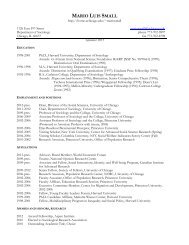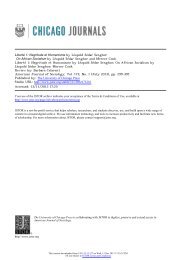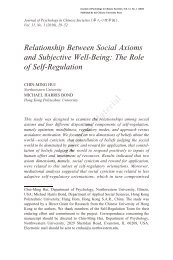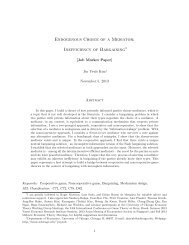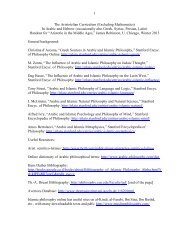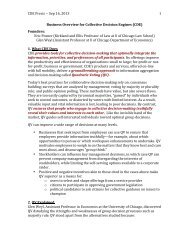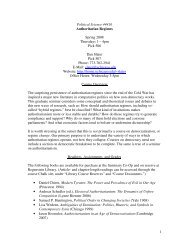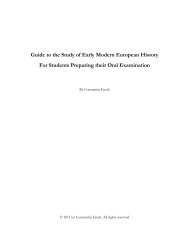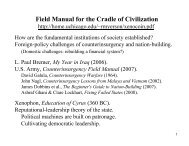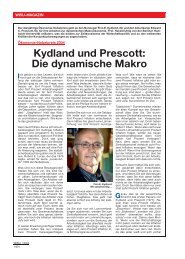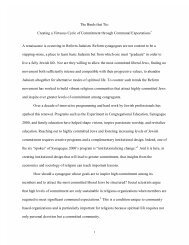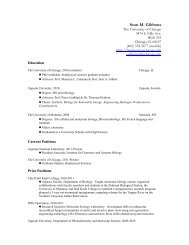Convergence Between Black Immigrants and Black Natives Across ...
Convergence Between Black Immigrants and Black Natives Across ...
Convergence Between Black Immigrants and Black Natives Across ...
Create successful ePaper yourself
Turn your PDF publications into a flip-book with our unique Google optimized e-Paper software.
w i,g = k + cx i + dy g + Jm e i,g + e i (3)<br />
where m e i,g denotes the expected average of other people’s decisions in the group,<br />
m e i,g = 1 n  j2gE(w j |F i ). (4)<br />
As in Manski’s original formulation, y g = ¯x g , where ¯x g = 1 n g<br />
 i2g x i denotes the average across i of x i<br />
within a given g. Coefficient vector c <strong>and</strong> scalar J capture contextual <strong>and</strong> endogenous effects. 24 Under the<br />
assumption y g = ¯x g , every contextual effect is the average of a corresponding individual characteristic<br />
m g = k +(c + d) y g<br />
1 J<br />
We see that m g is linearly dependent on the other regressors, i.e. the constant <strong>and</strong> y g . This linear<br />
dependence implies that the identification of the full set of structural parameters fails. For this study, the<br />
parameter of interest is a (to be introduced), <strong>and</strong> not c or J. Hence, this paper will not further deal with<br />
conditions that could be put in place to restore identification of all parameters. 25<br />
What group g do first generation immigrants belong to? In other words, which individuals affect their<br />
decision to participate in the labor force? Figures 10a <strong>and</strong> 10b showed that an immigrant’s labor force<br />
participation decision varies considerably by age of immigration. This suggests that immigrants assimilate<br />
with natives to varying degrees.<br />
Consequently, I represent an immigrant’s choice by a mixture of two<br />
choices, the choice of individual i in group 1 <strong>and</strong> that of individual i in group 2. Group 1 represents all<br />
natives of the same racial group <strong>and</strong> group 2 represents a different group.<br />
(5)<br />
It is not clear how to cleanly define group 2, <strong>and</strong> the following two sections will go through two possibilities.<br />
w i,g1,2 = a i w i,g1 +(1 a i )w i,g2 (6)<br />
Case 1: Group 2 Members Are only Affected by own Characteristics<br />
Let’s assume that g 1 evolves as the baseline model in (3) while members of group 2 are only affected by<br />
their own characteristics. In other words,<br />
After some algebra, we get 26<br />
24 Assumptions on the error terms are discussed in Appendix C.<br />
25 See Blume et al. (2010) for a detailed discussion <strong>and</strong> ways to restore identification.<br />
26 Section C provides an explicit derivation of the model.<br />
w i,g2 = k + cx i + e i (7)<br />
16



